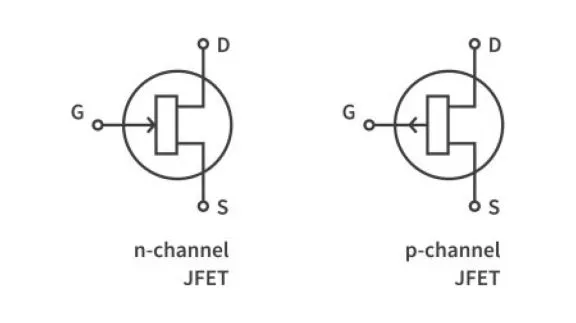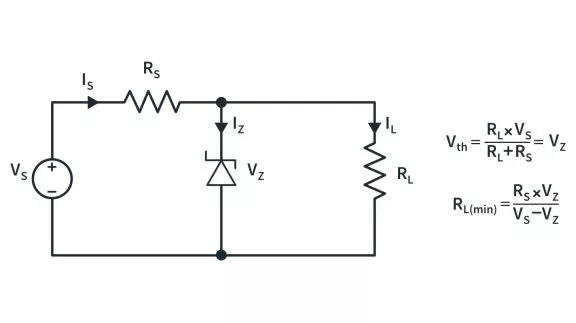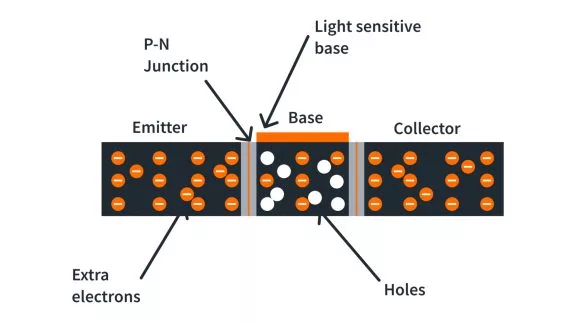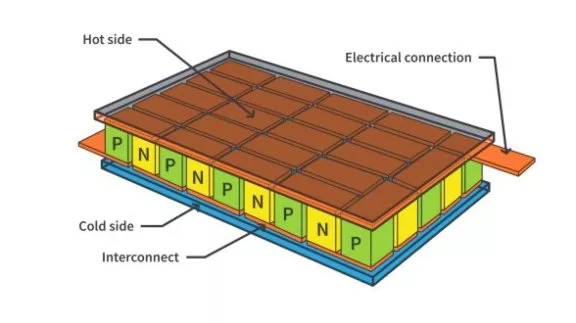Drift and diffusion are responsible for generating current in semiconductors and the overall current density is the sum of the drift and diffusion currents.
Drift Current
Drift current arises from the movement of carriers in response to an applied electric field. Positive carriers (holes) move in the same direction as the electric field while negative carriers (electrons) move in the opposite direction. The net motion of charged particles generates a drift current that is in the same direction as the applied electric field.

The drift velocity increases with increasing electric field and contributes to the mobility μ of the carriers. The drift current follows Ohm’s law and is mainly influenced by the external field and charge carrier concentration.
Diffusion Current
The movement of charge carriers from higher concentration to lower concentration generates diffusion current. This occurs when a semiconductor is doped non-uniformly then there is a non-uniform distribution of carriers or a concentration gradient. Nature’s way of attaining equilibrium in this case is through diffusion of particles (carriers) and this gives rise to a diffusion current. This process does not require an external electric field and is primarily dependent on the repulsive forces between carriers of the same charge that are highly concentrated in an area. The repulsive forces will drive the diffusion of carriers leading to a change in concentrations and eventually a uniform distribution. The initial carrier concentrations also determine the direction of the diffusion current—the current moves to the direction where there is initially a higher concentration of electrons or a lower concentration of holes. Quite simply, the current moves in the same direction as the movement of holes and opposite to that of electrons.

The diffusion current is proportional to the concentration gradient or how nonuniformly the carriers were initially distributed. Since the carriers are diffusing from areas of higher concentration to areas of lower concentration, +q is assigned for electrons and -q is assigned for holes in the equation for the current density.
Summary of Drift Current & Diffusion Current
Drift current is electric current due to the motion of charge carriers under the influence of an external electric field while diffusion current is electric current due to the diffusion of carriers leading to a change in carrier concentration. With electrons as carriers, the current density can be expressed by the drift-diffusion equation:


where q is the electron charge, μn is the mobility of the carriers through the semiconductor crystal, n is the electron concentration and Dn is the diffusion coefficient. If a strong electric field is applied, then drift current dominates the overall current density. If no field is applied, then the current is due to the carrier concentration gradient.














